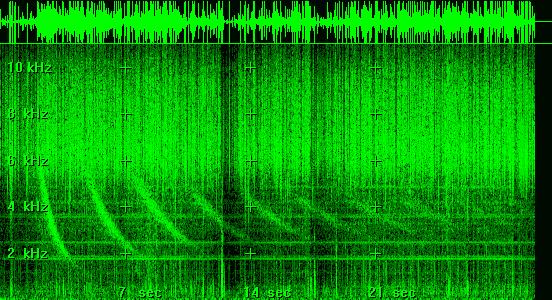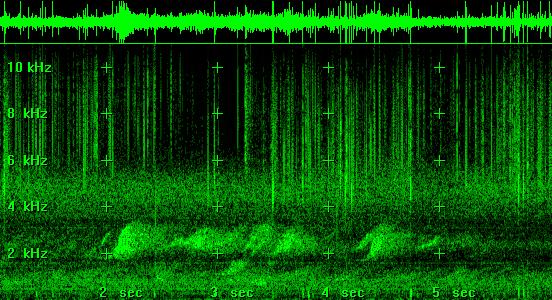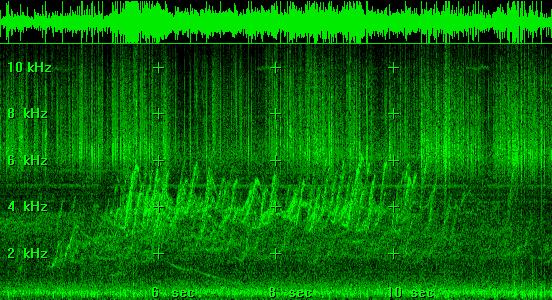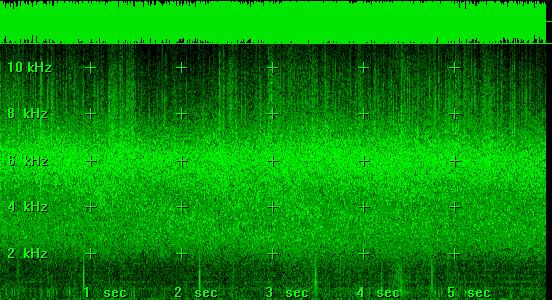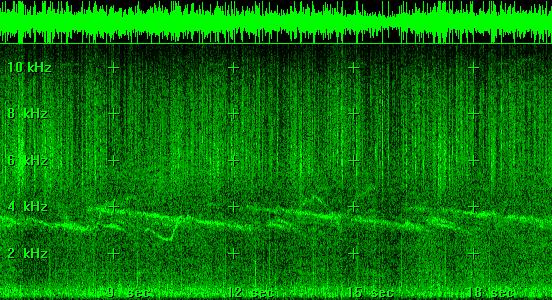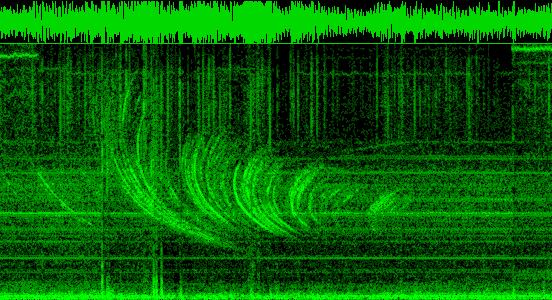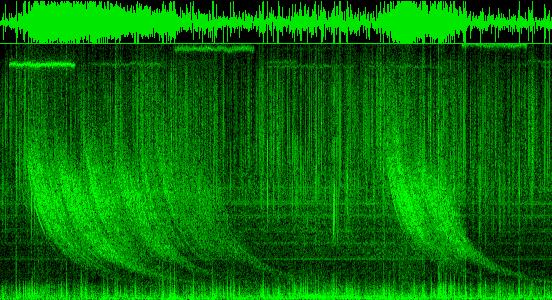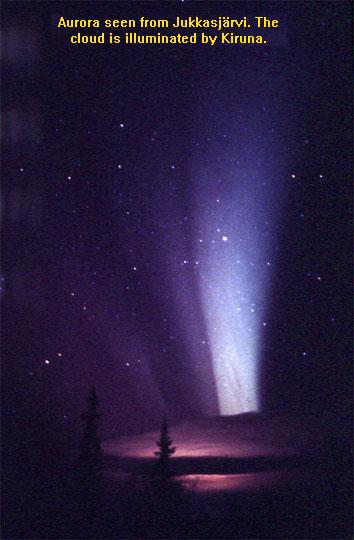
The magnetic activities
that follows an Aurora, may also generate audiable electrical signals. With a simple electronic equipment you can listen
to them. These sounds lag the main phase of the Aurora by typically 6 - 12 hours, with a
significant occurance at dawn.
More common is the whistlermode of the ionosphere. Lightning is the major contributor to
this kind of sound.
The spectrograms below show the complex and endless variation, with or without magnetic unrest.
